transformer oil test
Transformer oil testers are essential tools in electrical engineering, used to assess the condition and performance of insulating oil within transformers. Regular testing of transformer oil is crucial for maintaining transformer health, preventing failures, and ensuring efficient operation.
-
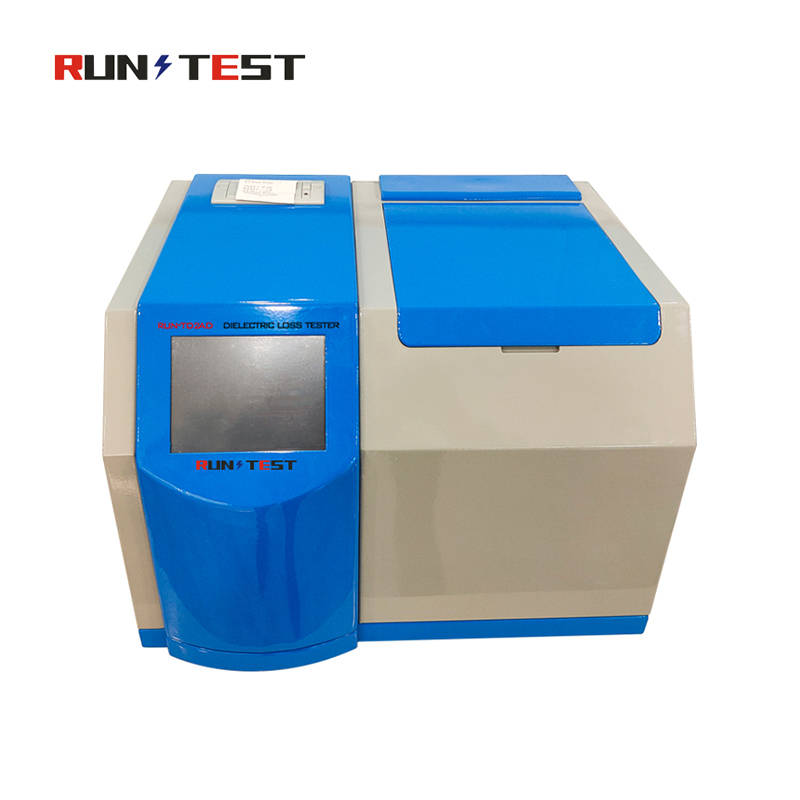
High Quality Dielectric Loss Tester Tan Delta Meter Automatic Transformer Capacitance Dissipation Test
-
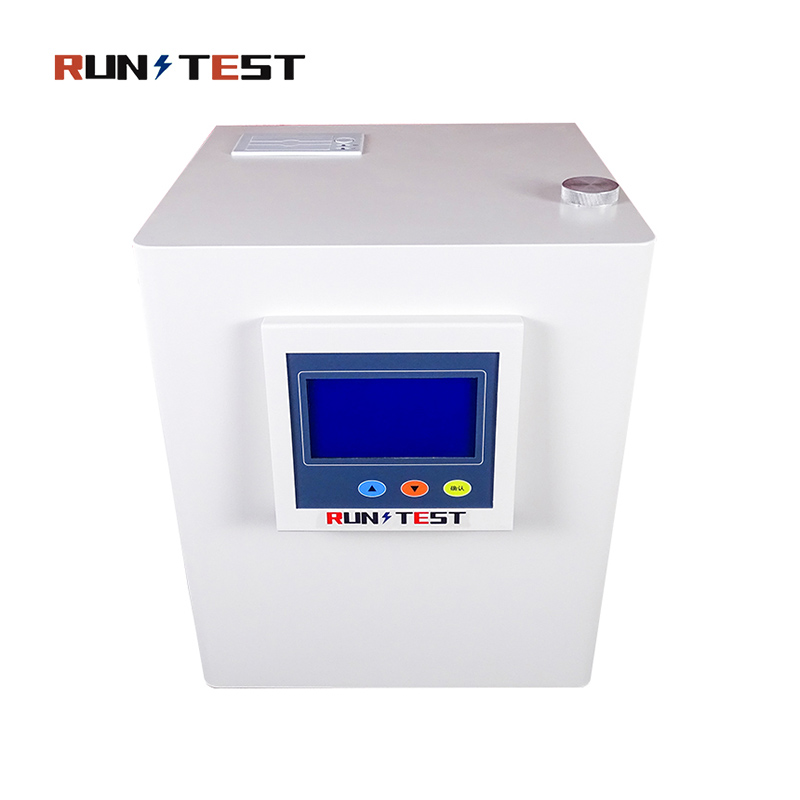
Automatic Transformer Insulation Oil Solidifying& Pour Point Tester
-

ASTM D1500 Lubricating Oils and Petroleum Products Oil Colorimeter
-
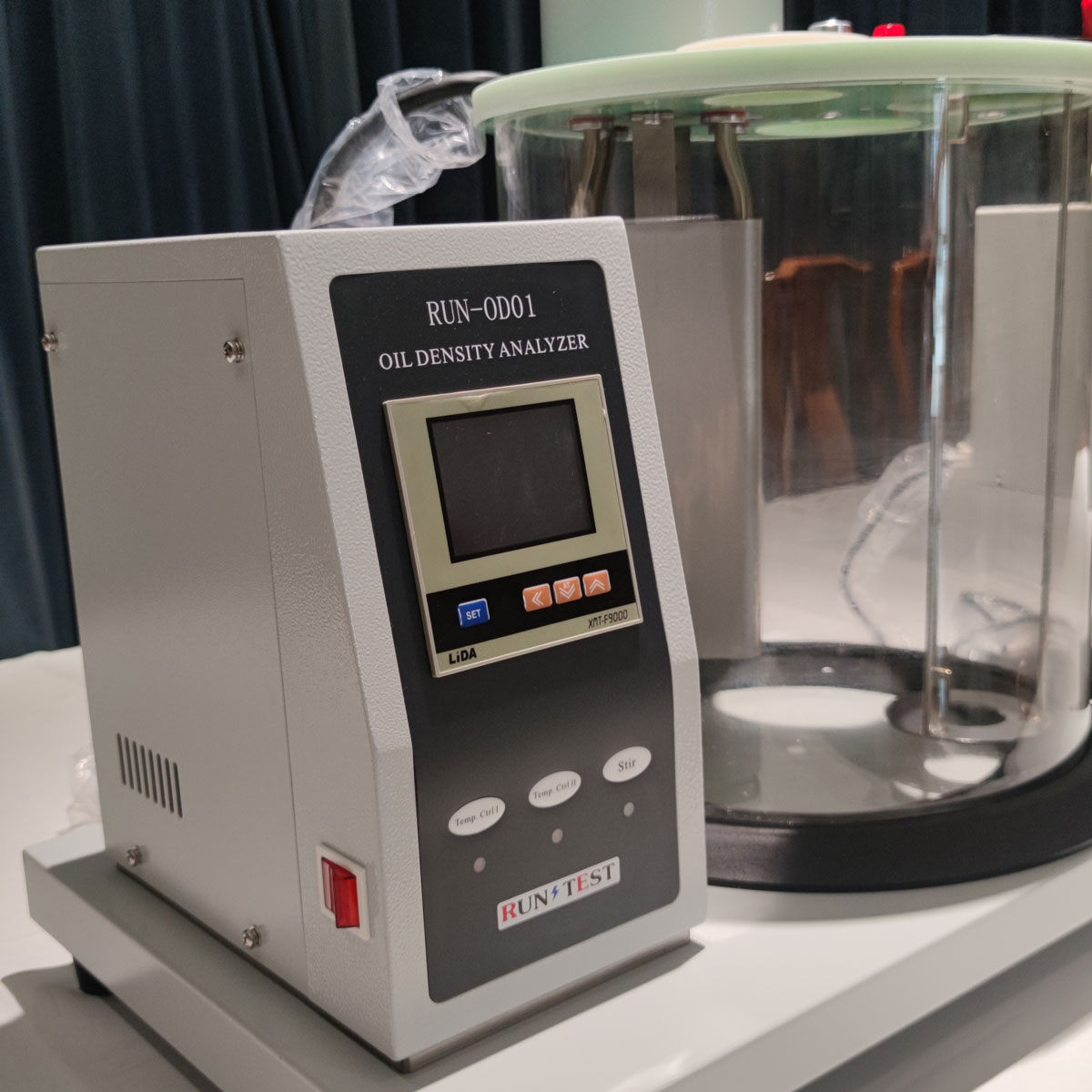
ASTM D1298 Petroleum Oil Density Test Equipment
-

Lab Equipment Insulated Oil Kinematic Viscosity Tester
-
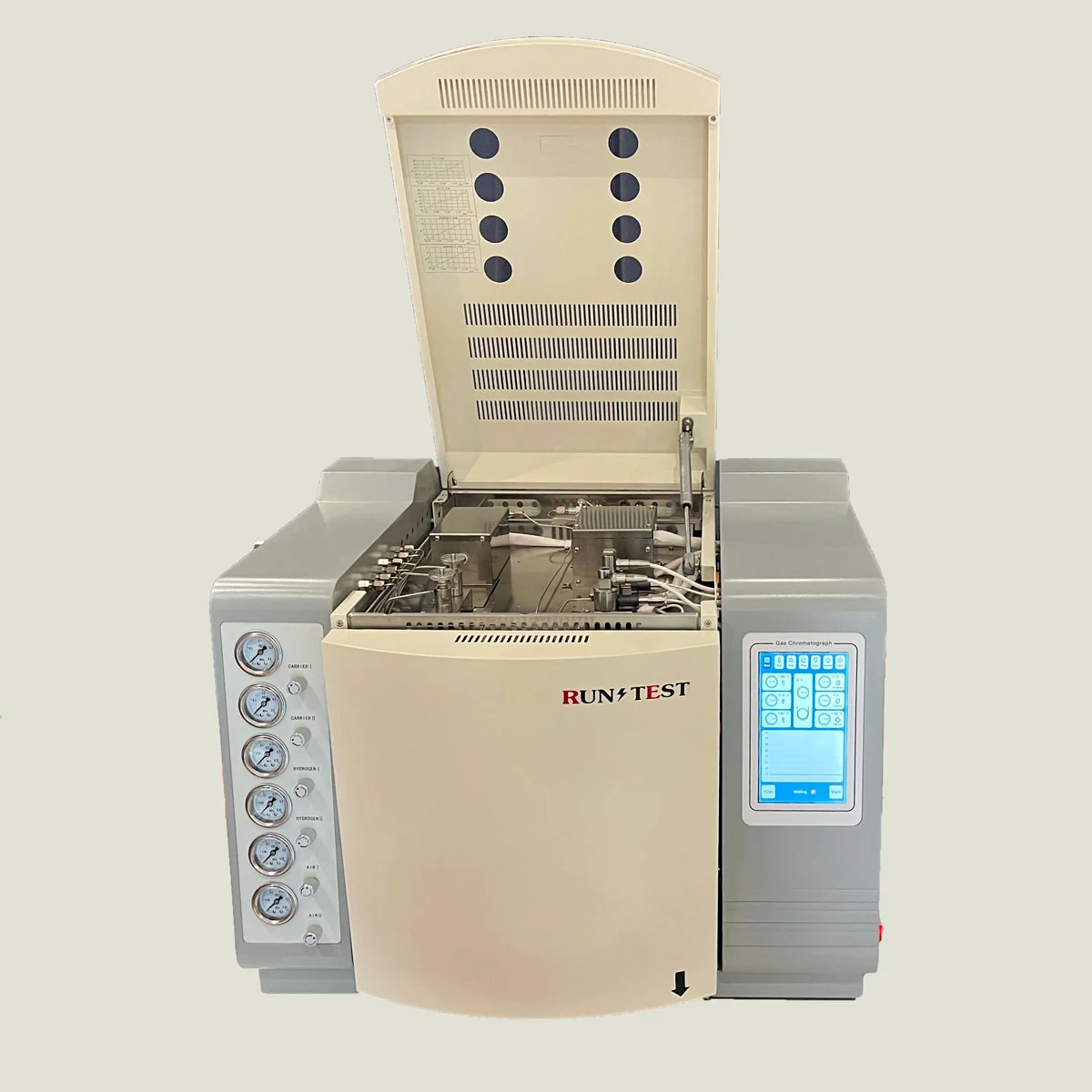
Transformer Oil Dissolved Gas Chromatography Analyzer
-
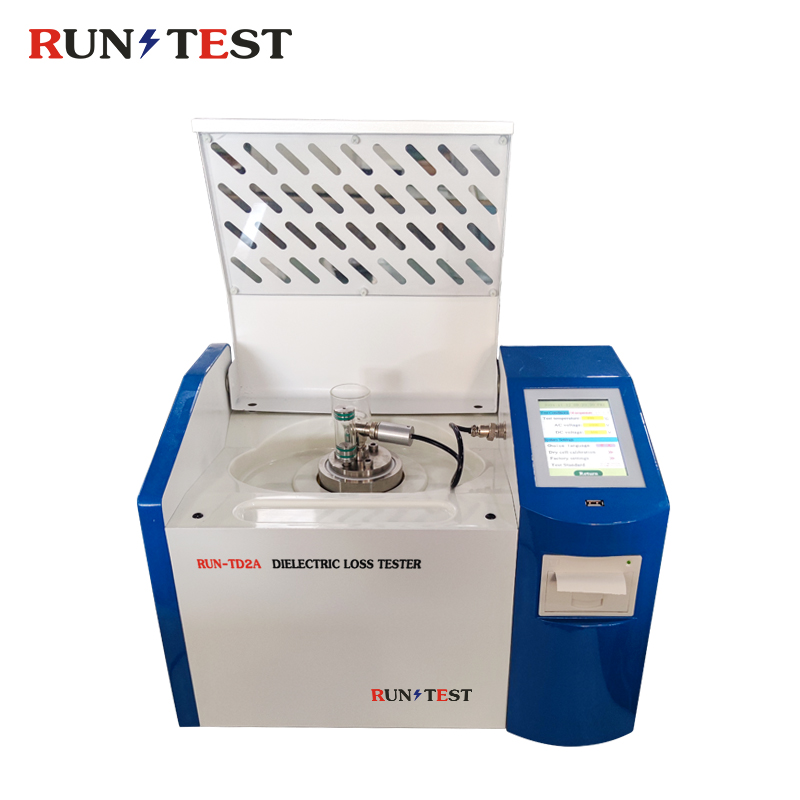
Automatic Transformer Dielectric Loss Test Tan Delta Capacitance Dissipation Tester
-

Automatic Distillation Range Testing Equipment
-
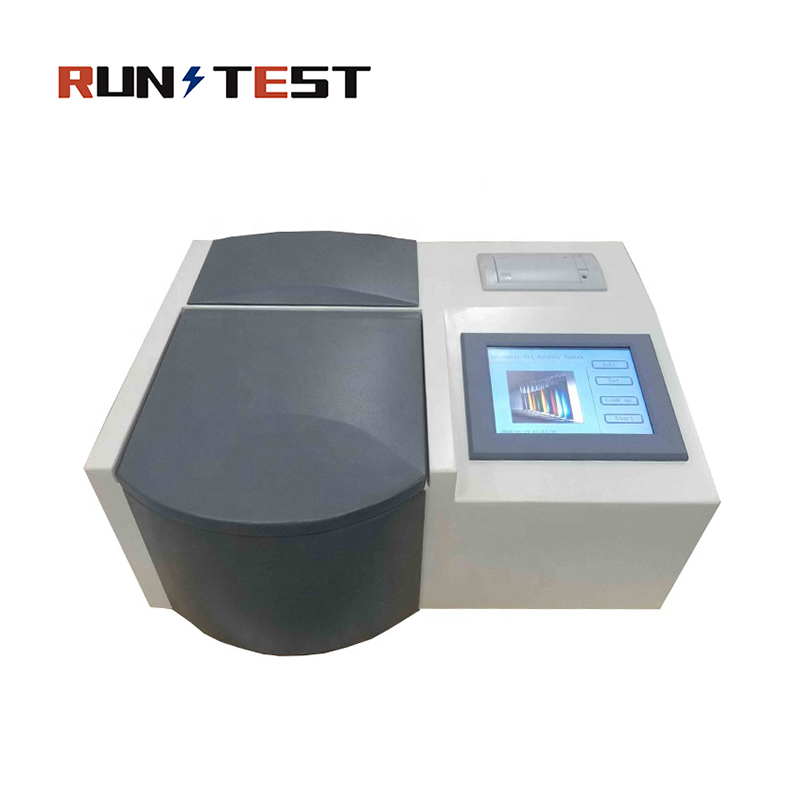
Laboratory equipment Water Soluble Petroleum Products Oil Acid Value Tester
Key Tests Performed Using Transformer Oil Testers:
Dielectric Breakdown Voltage (BDV) Test:
- Purpose:Measures the voltage at which the oil loses its insulating properties, indicating the presence of contaminants like moisture or particulates.
- Procedure:A sample of transformer oil is placed between two electrodes with a specified gap. Voltage is gradually increased until a breakdown occurs, and the voltage at this point is recorded.
- Significance:A low BDV suggests poor insulation quality, necessitating oil purification or replacement.
Dissolved Gas Analysis (DGA):
- Purpose:Detects gases dissolved in the oil, which can indicate internal faults such as arcing, overheating, or insulation degradation.
- Procedure:Oil samples are analyzed using gas chromatography to identify and quantify gases like hydrogen, methane, ethylene, and acetylene.
- Significance:Identifying specific gas patterns helps in diagnosing potential issues before they lead to transformer failure.
Moisture Content Analysis:
- Purpose: Determines the amount of water present in the oil, as moisture can significantly reduce insulating properties.
- Procedure: Techniques such as the Karl Fischer titration are used to measure water content in parts per million.
- Significance: High moisture levels can lead to reduced dielectric strength and accelerated aging of insulation materials.
Interfacial Tension (IFT) Test:
- Purpose: Assesses the presence of polar contaminants and oxidation products in the oil.
- Procedure: Measures the force required to separate oil and water interfaces.
- Significance: A low IFT value indicates contamination or degradation of the oil.
By utilizing transformer oil testers to perform these analyses, engineers can make informed decisions regarding maintenance schedules, oil purification processes, and the overall management of transformer assets, ensuring reliable and efficient power system operations.
